First Aid at Work Course Outline
Module 1: Communicating with a Casualty
Module 2: Contents of First Aid Kit
- Introduction to First Aid Kit
Module 3: Contents of Avoiding Cross Infection
- What is a Cross Infection?
- Types of Cross Infection
Module 4: Recording of Incidents
Module 5: Recording of Accidents
Module 6: Assess the Situation
- Overview
- Primary Survay
- Secondary Survay
Module 7: Act Effectively in an Emergency
- What is an Emergency?
- Emergency Response Plan
- Act Effectively in an Emergency
- Call the Emergency Services
Module 8: Administer First Aid to a Casualty
Module 9: Unconscious
- Introduction to Unconscious
- How to Help During an Unconscious?
- Seizure
- How to Help During a Seizure?
Module 10: Cardio -Pulmonary Resuscitation
- Introduction
- Why is CRP Important?
- How is CRP Performed?
Module 11: Choking
- Choking Overview
- Signs and Symptoms of Choking
Module 12: Wounded and Bleeding
Module 13: Shock
- Shock
- Symptoms of a Person in Shock
- What to Do If Someone is in Shock?
Module 14: Burns & Scalds
- Burns
- First Aid for Burns
Module 15: Eye Injuries
- Eye Injuries
- Chemical Exposure
- Blow to the Eye
Module 16: Injuries to Bones
- Bone Injuries
- Bone Fracture
Module 17: Injuries to Muscles
- Muscle Injuries
- Control the Muscle Strain by Utilising P.R.I.C.E
Module 18: Injuries to Joints
- Joint Injuries
- Symptoms of Joint Injuries
Module 19: Suspected Spinal Injury
- Spinal Injuries
- Vertebrae Damage
- Spinal Cord Damage
- Having a Spinal Injury
Module 20: Sudden Poisoning
Module 21: Anaphylactic Shock
- What is Anaphylactic Shock?
- Symptoms
Module 22: Provide Appropriate First Aid
- What is First Aid?
- Content of Appropriate First Aid Kit
- Basic First Aid Kit Should Contain
Module 23: Heart Attack, Stroke, Epilepsy
- Symptoms of Heart Attack
- Stroke
- F.A.S.T Test
Module 24: Asthma and Diabetes
- Asthma Attack
- Diabetes
- Hyperglycaemia
- Hypoglycaemia








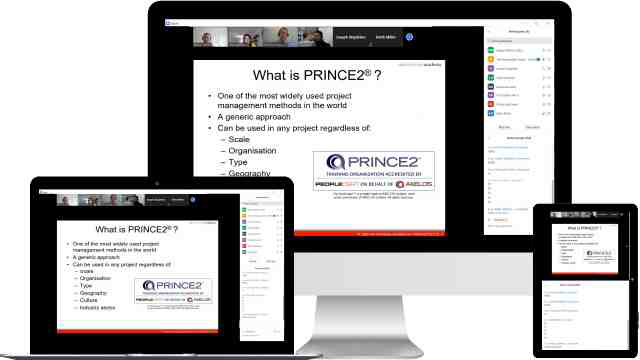
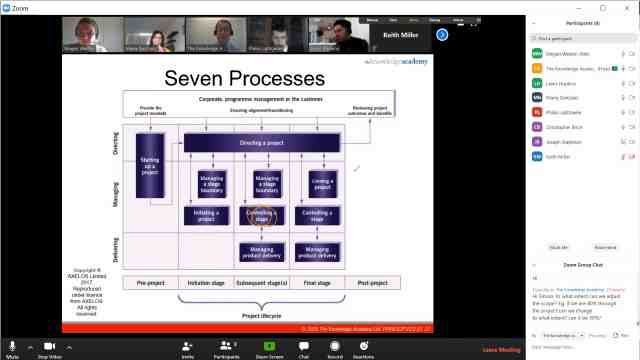
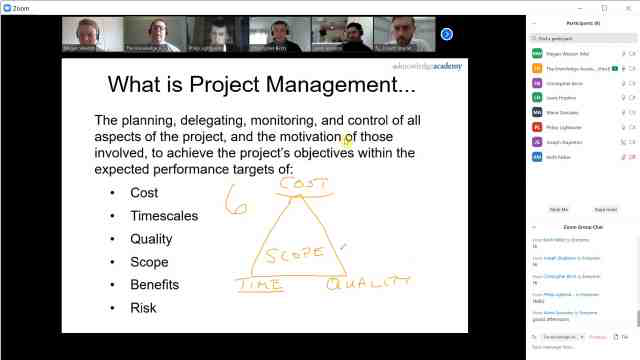
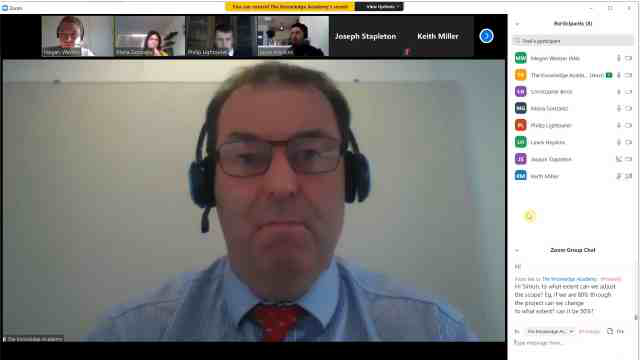
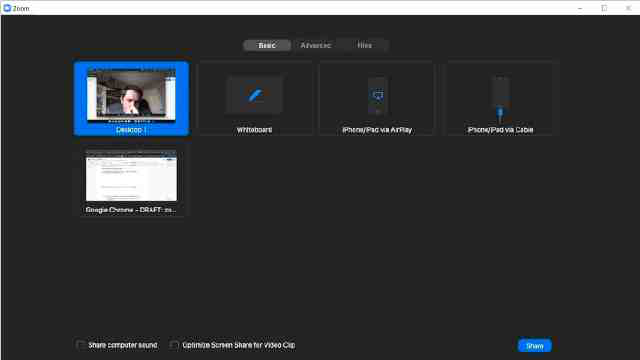
























 Back to course information
Back to course information





 If you wish to make any changes to your course, please
If you wish to make any changes to your course, please

